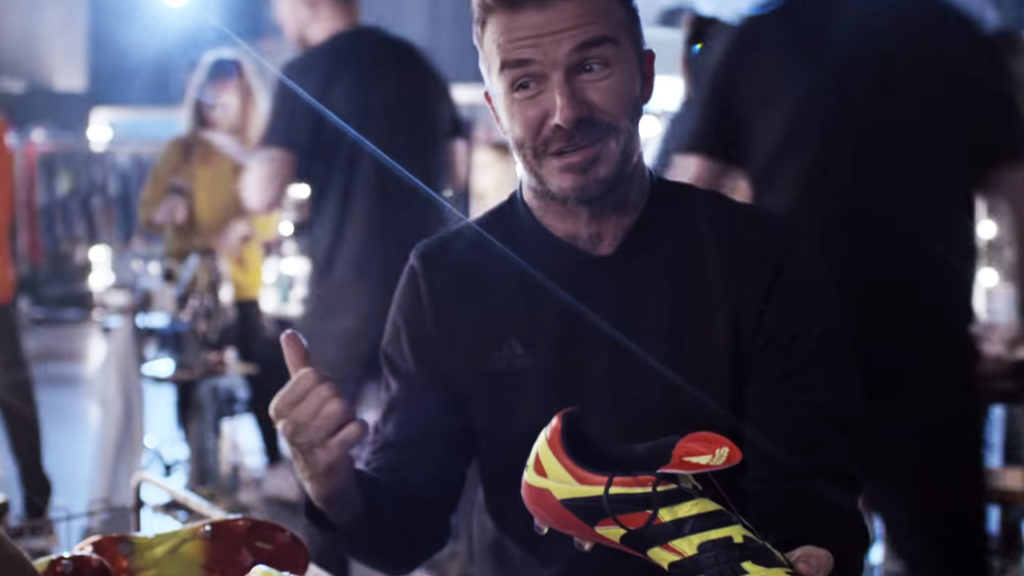Digital experience management company Instart announced the results of its 2018 World Cup Ad Performance Study on Wednesday, which surveys over 1,000 adults living in the US and UK, comparing how fans from each country feel about the World Cup, how they’re watching it and how advertising impacted them. As it turns out, 60 percent of Americans watching the games, are doing so live, compared to 81 percent of Britons watching the games. Even though there were significantly more Brits watching live matches than Americans—with many on both sides of the pond streaming matches while at work and even in the bedroom—all audiences were impacted by advertising.
According to the study, 65 percent of surveyed Americans said that they were likely to be impacted commercials while only 52 percent of British fans said the same. World Cup ads drove about 28 percent of Americans to brand websites while others got a case of the munchies, with 23 percent reporting that the ads led them to buy fast food and 16 percent got thirsty for beer, but no specific brands are indicated. Additionally, 37 percent of Americans report watching at least 60 seconds of an ad when they appear on TV or online compared to 32 percent of Brits.
Also, perhaps unsurprisingly, when it comes driving consumer purchase behavior, David Beckham scores the highest. Instart found that 29 percent of surveyed soccer fans said that renowned soccer start would likely convince them to buy a product. By comparison, soccer celebrity Cristiano Ronaldo got 19 percent of the vote and Lionel Messi received 14 percent.
As for what ad characteristics attract the most attention during the World Cup, repetition wins at 60 percent, followed by creativity (25 percent) and sex appeal (23 percent). However, the study also warns that approximately 18 percent of Americans will tune out online ads after one online ad, while 25 percent stop paying attention after two. UK viewers reported less tolerance for online ads, with 31 percent stating that they tuned out after one and 21 percent saying two was their limit.
Although the 2026 World Cup will be hosted in the United States, many Americans aren’t holding out much hope that their team even qualify, much less win, within the next decade. However, US consumers do have their top picks for the 2026 World Cup sponsors, which are Amazon, Apple and Microsoft.
“.. we wanted to know what fans on both sides of the Atlantic were expecting from the World Cup,” said Instart CMO Daniel Druker in a statement. “World Cup fans made it clear that they appreciate and will engage with high-quality, targeted digital ads—and if you really want to get their attention, you’ll score big with David Beckham.”
